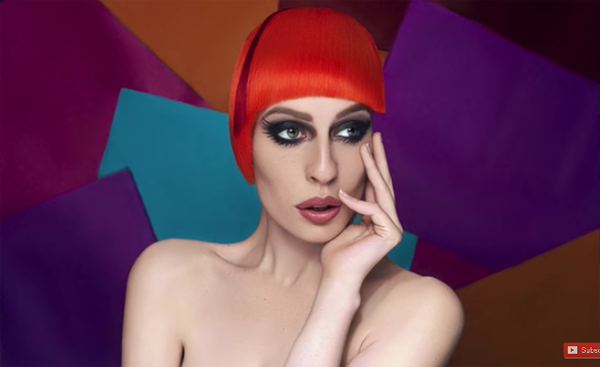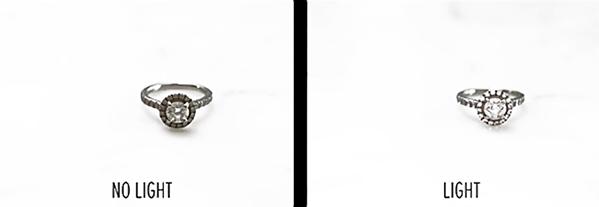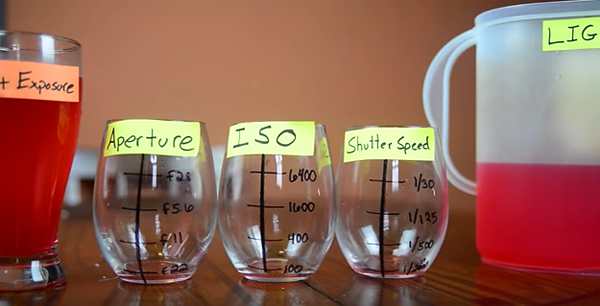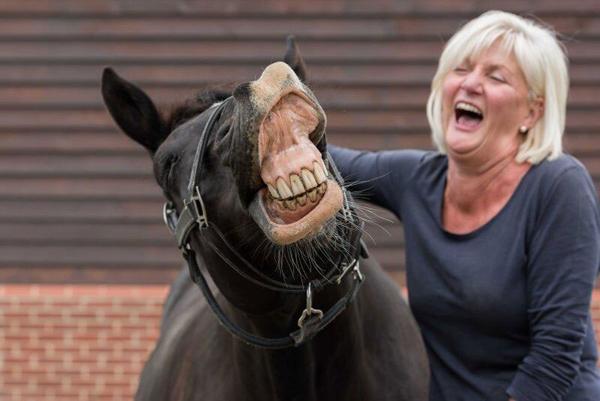Photo How To
Sort By: Post Date TitlePublish Date
|
Apr 27, 2017 |
|
Apr 27, 2017 |
|
Apr 26, 2017 |
|
Apr 20, 2017 |
|
Apr 18, 2017 |
|
Apr 17, 2017 |
|
Apr 12, 2017 |
|
Apr 11, 2017 |
|
Apr 07, 2017 |
|
Apr 06, 2017 |
|
Apr 05, 2017 |
|
Apr 03, 2017 |
|
Mar 31, 2017 |
|
Mar 27, 2017 |
















